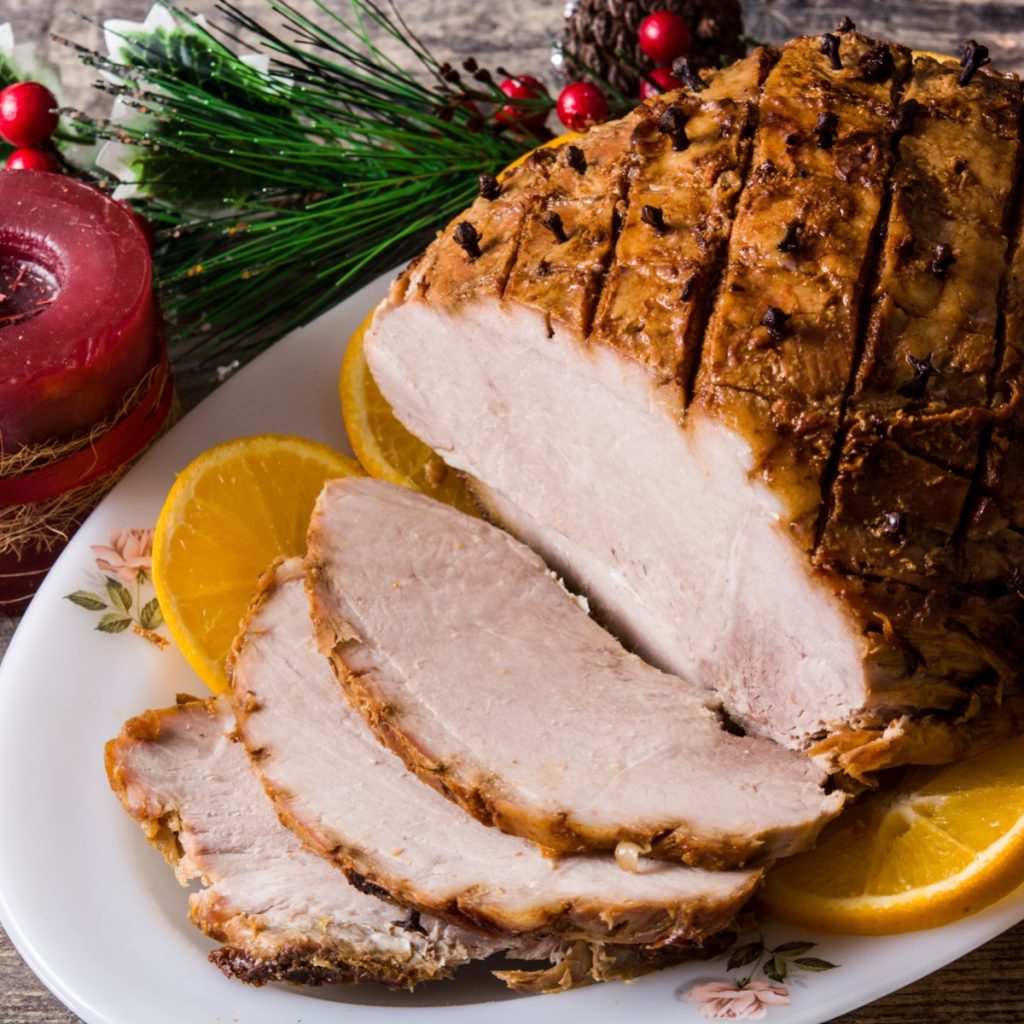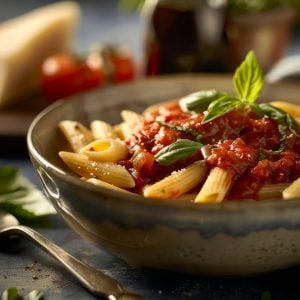Hams to Serve on Special Occasions and Holidays
Few dishes are as iconic as a beautifully baked ham when it comes to holiday feasts and special occasions. Whether it serves as the centerpiece for a family gathering or adds a festive touch to a buffet, ham brings flavor and tradition.
But not all hams are created equal. From the sweet and savory glaze of honey-baked ham to the smoky richness of bone-in ham, you have a variety of styles and cuts to choose from. Each type offers its own unique flavor and texture, ensuring something for every palate.
Whether you’re preparing for Christmas, Easter, or another celebration, understanding the different types of baked hams will help you select the perfect option for your meal. In this post, we’ll explore the various types of ham commonly served during the holidays and provide tips on how to cook, glaze, and serve them for maximum enjoyment.
Get ready to elevate your holiday spread with the ultimate guide to baked hams!
Types of Holiday Hams
Here are the most common types of hams served during holidays and special occasions:
- Bone-In Ham: This traditional ham retains the bone, enhancing its flavor. It’s often slow-roasted and glazed with sweet or savory coatings.
- Boneless Ham: Boneless ham is easier to carve and is a popular choice for large gatherings. Typically pre-cooked, it can be sliced thin or served in thicker cuts.
- Spiral-Sliced Ham: Pre-sliced for convenience, spiral-cut hams come in both bone-in and boneless varieties. They’re often glazed with a sweet or tangy sauce.
- Country Ham: Dry-cured and aged for several months, country ham has a strong, salty flavor. It’s often served in thin slices and offers a more intense taste than other types.
- Honey-Baked Ham: Coated in a honey glaze and baked to perfection, this ham offers a sweet, caramelized crust and is a popular choice for festive occasions.
- Fresh Ham: A whole, uncooked ham that requires thorough cooking before serving. It’s typically roasted with various seasonings and glazes for added flavor.
- Smithfield Ham: A salt-cured, aged ham from Virginia, Smithfield ham has a rich, distinctive flavor. It’s often served thinly sliced and pairs well with Southern dishes.
- Canned Ham: Though less common for holiday meals, canned hams are pre-cooked, affordable, and convenient for smaller gatherings.
- Prosciutto: An Italian dry-cured ham, prosciutto is typically served uncooked and sliced very thin. While not often the centerpiece of a holiday meal, it makes a great appetizer or addition to charcuterie boards.
Each type of ham offers a distinct flavor, and your choice will depend on your taste preferences and the type of holiday meal you’re preparing.
What is Country Ham?
Country ham is a dry-cured ham that is salted and then dried. It can be either smoked or unsmoked. For many, the gold standard of country ham is Smithfield Ham, which must come from the Smithfield, VA, area to bear that name.
To prepare country ham for the holiday table, you must scrub off the mold that forms during the natural aging process and soak the ham for about 12 hours to reduce its salty taste. After soaking, you may need to simmer the ham in several changes of water before baking to ensure it’s not too salty. Despite these efforts, country ham remains very salty, but its dry texture dramatically benefits from gravy. Traditional red-eye gravy, made from pan drippings and coffee, complements the ham perfectly.
When serving country ham for the holidays, consider offering it in small portions. Southerners often serve it on tiny (1-inch diameter) cream or buttermilk biscuits as appetizers, with a small, thin slice of country ham on top.
Honey Baked Ham
A honey-baked ham is coated with a sweet glaze, usually made from honey, brown sugar, and spices like mustard, cinnamon, or cloves. The glaze is applied before baking, creating a caramelized, slightly crispy outer layer that balances sweetness with savory richness.
Honey-baked hams are typically made from either bone-in or boneless cuts and are often spiral-sliced for easy serving. The slow roasting process ensures the ham stays tender and juicy inside, while the glaze forms a golden, glossy crust on the exterior.
The result is a flavorful, slightly sticky crust that contrasts with the tender meat beneath. Due to its rich flavor and appealing presentation, honey-baked ham is a popular choice for holiday meals like Christmas and Easter. Its sweet and savory taste makes it a favorite for both adults and children at festive gatherings.
Spiral Hams
Spiral-sliced ham is a pre-cooked ham sliced in a continuous, spiral pattern around the bone, making it easy to serve. The slicing uses a special machine that ensures each slice comes off cleanly and uniformly, making it perfect for serving large groups. The spiral-cut design also allows for a more even distribution of glaze, which helps to infuse the ham with flavor throughout the slices.
How Spiral-Sliced Ham is Made:
- Selection of the Ham: A spiral-sliced ham is typically made from a whole bone-in or boneless ham, which is first fully cooked through a slow curing or smoking process. This pre-cooking means that the ham can be enjoyed straight from the package, though it’s often glazed and heated before serving.
- Spiral Slicing: After the ham is fully cooked, it’s placed in a machine that makes even, spiral cuts from the top down to the bone, ensuring that each slice remains attached at the bottom. This allows the slices to fan out when the ham is sliced and served easily.
- Glazing: A glaze, often made from ingredients like honey, brown sugar, mustard, or fruit preserves, is applied to the surface of the ham. This is typically done before the ham is reheated to create a glossy, caramelized exterior. Some spiral-sliced hams come pre-glazed, while others allow you to add your own glaze.
- Baking or Heating: The ham is then reheated in the oven to warm through and allow the glaze to caramelize. Since the ham is already cooked, this step is typically about 15–20 minutes at a low temperature (around 275°F to 300°F), so the ham stays moist and tender.
Spiral-sliced hams are famous for holidays because they are easy to serve and provide a consistent, flavorful bite without much effort. The pre-slicing also eliminates the need for carving, making them a convenient option for larger gatherings.







